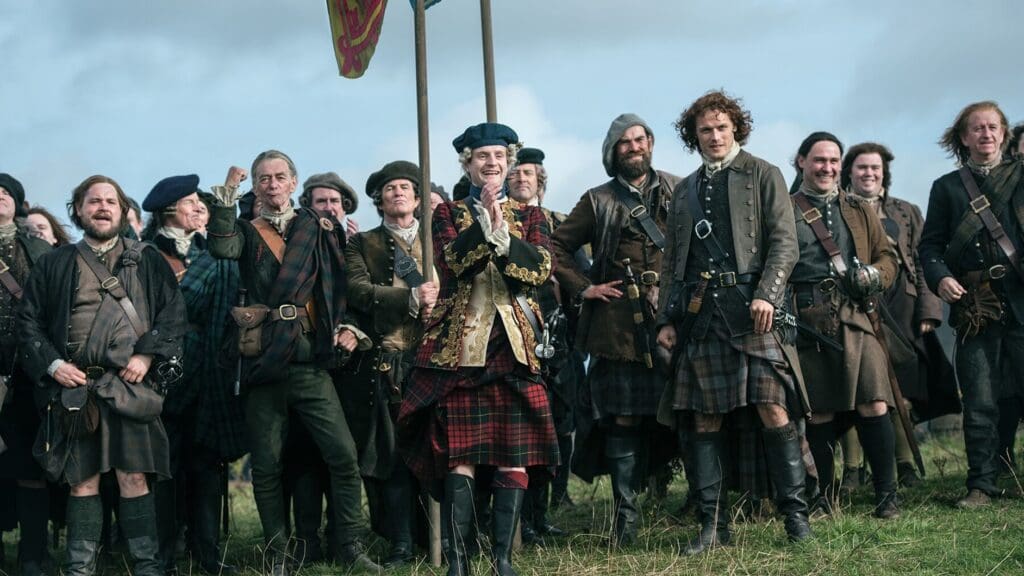Celebrate All Things Plaid !

For a pattern, plaid has been remarkably successful. It’s one of the most widespread, recognizable and ubiquitous designs in the world, coming in almost every color and shade under the sun. But while it may be a major part of the hipster dress code, plaid has meant a lot of different things to many different people during the thousands of years that people have been wearing that iconic fabric.
A Brief History of Plaid | Smart News| Smithsonian Magazine
Technically, plaid isn’t the pattern’s proper name. That honor goes to the word “tartan,” which was first used to describe the individual colors and patterns used to decorate the clothes of different Scottish clans. While they often came in the same colors, “plaids” were actually heavy traveling cloaks worn to ward off the bitter cold of the Scottish winters, Tyler Atwood writes for Bustle. Plaid only replaced tartan once the patterns became popular with British and American textile manufacturers who would recreate fabrics that looked like tartans, but without centuries of symbolic meaning embedded in their clothing.
“If you lived in a remote land, you would buy your woven cloth from the same weaver,” the Scottish Tartans Authority’s Brian Wilton tells Rick Paulas for Pacific Standard. “And the weaver would not be reproducing a choice of patterns, but a standard pattern using the colors available to him, many of which were vegetable dyes.”
Over time, these local patterns became synonymous with the regional clans scattered throughout Scotland, kind of like how people today wear baseball caps from their hometown teams, Paulas writes. But while baseball may be only a few centuries old, tartan goes back at least 3,000 years, with the oldest example of the fabric found buried with the remains of “the Cherchen Man,” a mummy of Caucasian descent found buried in the sands of the western Chinese desert, according to the Tartans Authority.
During the 18th century, tartan was co-opted from Scottish family symbol to military uniform under James Francis Edward Stuart’s 1714 rebellion against the English monarchy. At the time, a pattern now known as “Black Watch Plaid” became associated with the Royal Highland Regiment, a Scottish military force that remained the pride of the United Kingdom’s army until it was disbanded in 2003.
Although after the Scottish forces were defeated at the Battle of Culloden in 1746, the multicolored tartans were banned for nearly a century.

In recent years, however, plaid has had such a strong resurgence that in some places you would be hard-pressed to look around and not see at least one person wearing checked plaid. Hipsters are far from the only subculture to make plaid their uniform: some Los Angeles street gangs identify their allegiances with plaid clothing, while the Beach Boys made plaid Pendleton shirts the symbol of 1960s surf rock. Whatever the color and context, it seems like plaid is one pattern that may never go out of style.

- Action and Adventure Movies
- Beauty and Self Care
- Entertainment Archives
- Entrepreneurs
- Family
- Fashion
- Fashion and Style
- Food
- Frazer History
- Haircare
- Health and Fitness
- Holidays
- Home decor
- Natural Beauty Tips
- Natural Cleaning
- Outdoor Living
- pet care
- Plaid-Tartan
- Romance Movies
- Scottish Heritage
- Skincare
- Travel
- Wellness
